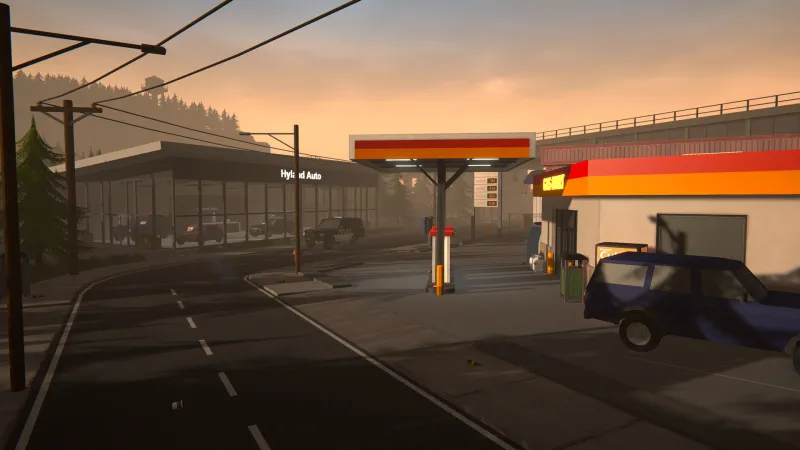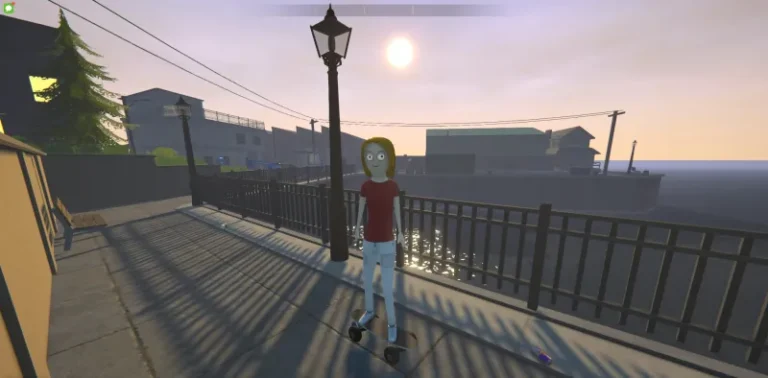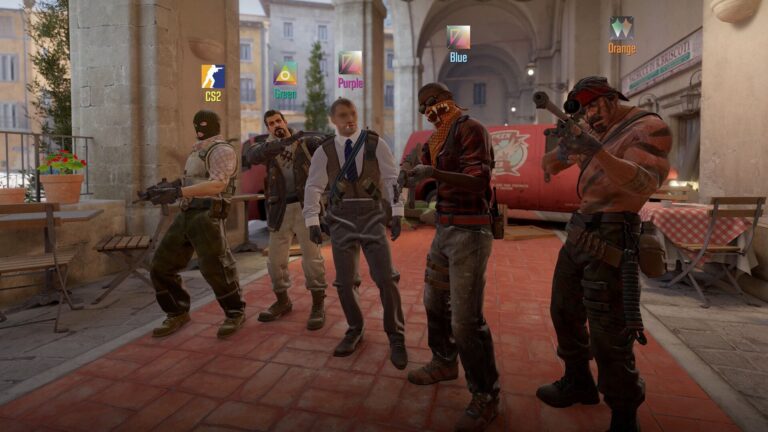In recent years, Schedule 1 drugs and their dealers have become a topic of concern for many. Understanding where cartel dealers operate and how they do business is important for anyone wanting to stay informed and safe. With the rise of illegal drug trade, especially in certain regions, knowing the signs and locations connected to these cartels can help communities and authorities take action.
While the topic might seem complex, this article breaks down the basics about Schedule 1 substances, the role of cartel dealers, and practical information on where these dealers are commonly found. We aim to give readers clear insights without overwhelming details, helping young adults and others stay aware and cautious.
What Are Schedule 1 Drugs?
Schedule 1 drugs are substances classified by the government as having a high potential for abuse and no accepted medical use. These include drugs like heroin, LSD, and certain types of cannabis not approved for medical use. Because these drugs are illegal, the market for them is often controlled by criminal organizations such as cartels. According to the U.S. Drug Enforcement Administration (DEA Drug Scheduling), Schedule 1 drugs are carefully restricted to prevent misuse.
Who Are Cartel Dealers?
Cartel dealers work for powerful criminal groups that handle the production, transportation, and sale of illegal drugs. These cartels operate in many countries, often using violence and corruption to maintain control. Their dealers are the street-level contacts who sell drugs directly to users or smaller dealers. The influence of cartels has grown due to the high demand for Schedule 1 drugs worldwide, including in India and the United States.
Common Places to Find Cartel Dealers
Cartel dealers are usually found in areas where drug demand is high, and law enforcement might be less vigilant. These can include certain urban neighborhoods, remote border towns, and places with busy ports. They might operate openly in some spots or use secret meetups in private homes and online platforms. According to the National Institute on Drug Abuse (NIDA), these dealers adapt quickly to new methods to avoid detection.
Online Platforms and the Dark Web
With advances in technology, many cartel dealers now use the dark web to sell Schedule 1 drugs. This hidden part of the internet allows anonymous transactions, making it easier to buy and sell without physical contact. Young people should be cautious about online offers, which might seem easy but come with great risks. Cybersecurity experts warn that many online deals end in scams or police action (FBI Cyber Crime).
How to Stay Safe and Report Suspicious Activity
If you suspect drugs are being sold near your community, it’s best to stay away and inform appropriate authorities. Reporting anonymously through local police or national hotline numbers can help crack down on cartel activities. Education and awareness are key tools for young adults and community members to protect themselves and others from the dangers of Schedule 1 drug abuse and trafficking.
Conclusion
Understanding where cartel dealers operate and the nature of Schedule 1 drugs is essential in today’s world. Awareness leads to better community safety and encourages smart decisions among young people. By learning about the threat and knowing how to respond, individuals can contribute to reducing the impact of illegal drug trade in their areas.







Leave a Comment